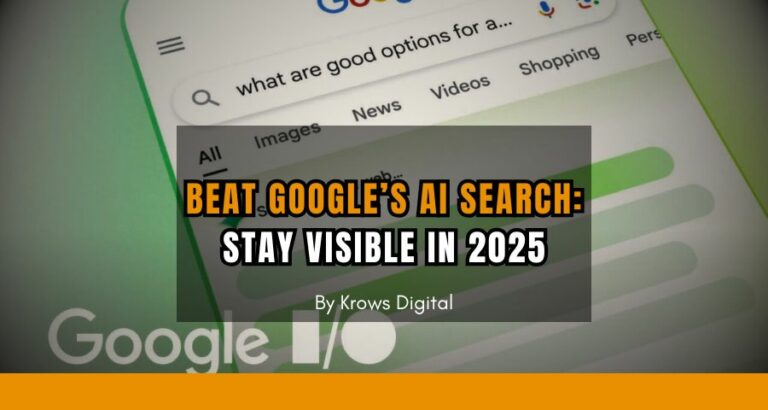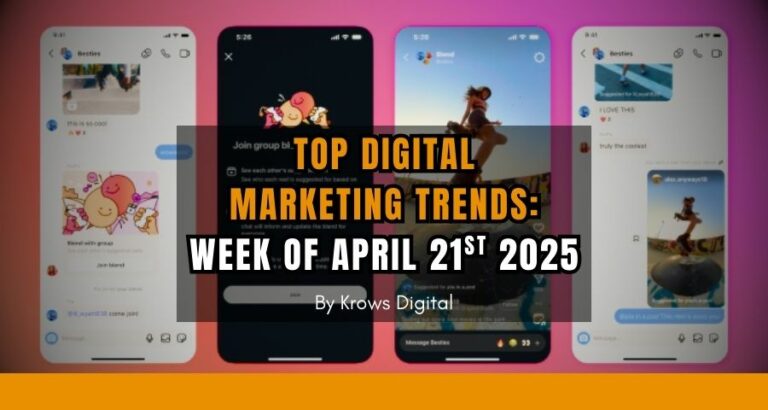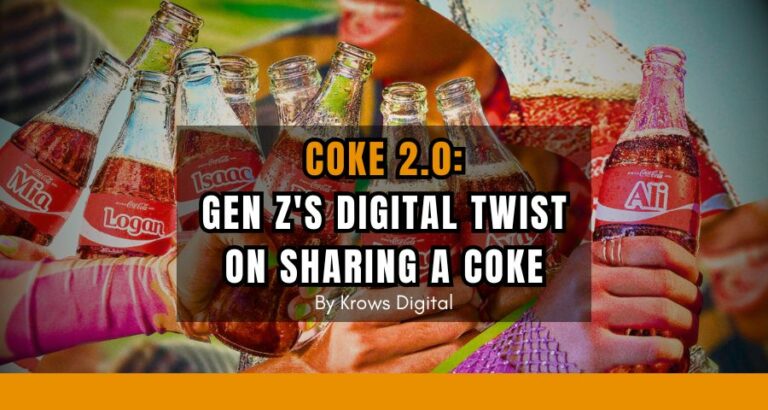In this series, we always talk about successful marketing cases but there are also things to learn from failed strategies.
Today, we will discuss the Pepsi TV ad from 2017 starring Kendall Jenner as a strike leader imitating the Black Lives Matter movement... Yes, you can guess from the start it was probably not a great idea.
The Commercial
Posted on YouTube by Pepsi, the ad shows attractive young people holding milquetoast signs with nonspecific pleas like “Join the conversation.”
The protesters smile, clap, laugh, hug, and high-five each other.
In the ad’s climactic scene, a police officer accepts a can of Pepsi from Kendall Jenner, a white woman, setting off raucous approval from the protesters and an appreciative grin from the officer.
The idea behind the ad
The idea was simple and could have a strong impact: Pepsi gathers everyone regardless of ideas, cultures, conflicts, etc...
Whenever there is a problem, Pepsi is the solution to unite people.
You would probably think that this is a typical advertising message from a large brand company like many you have seen in the past. You are certainly right!
What went wrong with the execution?
Supportive or not of current movements, you can certainly notice how different is the Pepsi commercial with real situations.
In fact, the ad was, current activists said, precisely the opposite of their real-world experience of protesting police brutality.
In torrid criticism after the ad was posted, commentators on social media accused Pepsi of appropriating imagery from serious protests to sell its product, while minimizing the danger protesters encounter and the frustration they feel.
It also presents these riots as a "fun thing" where people enjoy a good time with each other while the reality is way harsher and brutality is a common thing...
Pepsi was blamed to jump on the opportunity created by the Black Lives Matter movement to create the buzz and sell their soft drinks.
Elle Hearns, the executive director of the Marsha P. Johnson Institute and formerly an organizer for Black Lives Matter, said the ad “plays down the sacrifices people have historically taken in utilizing protests.”
“No one is finding joy from Pepsi at a protest,” she said. “That’s just not the reality of our lives. That’s not what it looks like to take bold action.”
Pepsi, quickly after, decided to remove the ad and to apologize for the poor execution of this ad.
What can be learned?
As we have seen with the Oasis viral strategy, it can be interesting to identify trends and make use of it to talk about your own brand, surfing the trend.
Yet, you should always weigh the good and the bad of using actuality.
Nowadays, with social media, people tend to find everything wrong with everything.
So, before starting your campaign, think about:
- the positive income your strategy will bring to your brand
- how it can be executed properly
- the most important: what can go wrong?
Pepsi didn't mean any harm but they didn't think much about the worst-case scenario: people being angry about a soft drink promotion on top of a serious situation.
To be honest, I wonder what crossed the minds of Pepsi marketers as the Black Lives Matter movement is still active, tense, and sensitive.
Little advice from our team: don't surf on political trends if you don't have the guts to take the bad feedback. Pepsi is a strong enough brand to endure the situation, apology, and move on.
Could you?
A bit more serious marketing case study but there is always great learning to get from bad situations. We hope you learned something and we see you next week for another marketing case study!
Good marketing to you all.
KD Team
Don't hesitate to contact us if you need support with your online marketing strategy.



